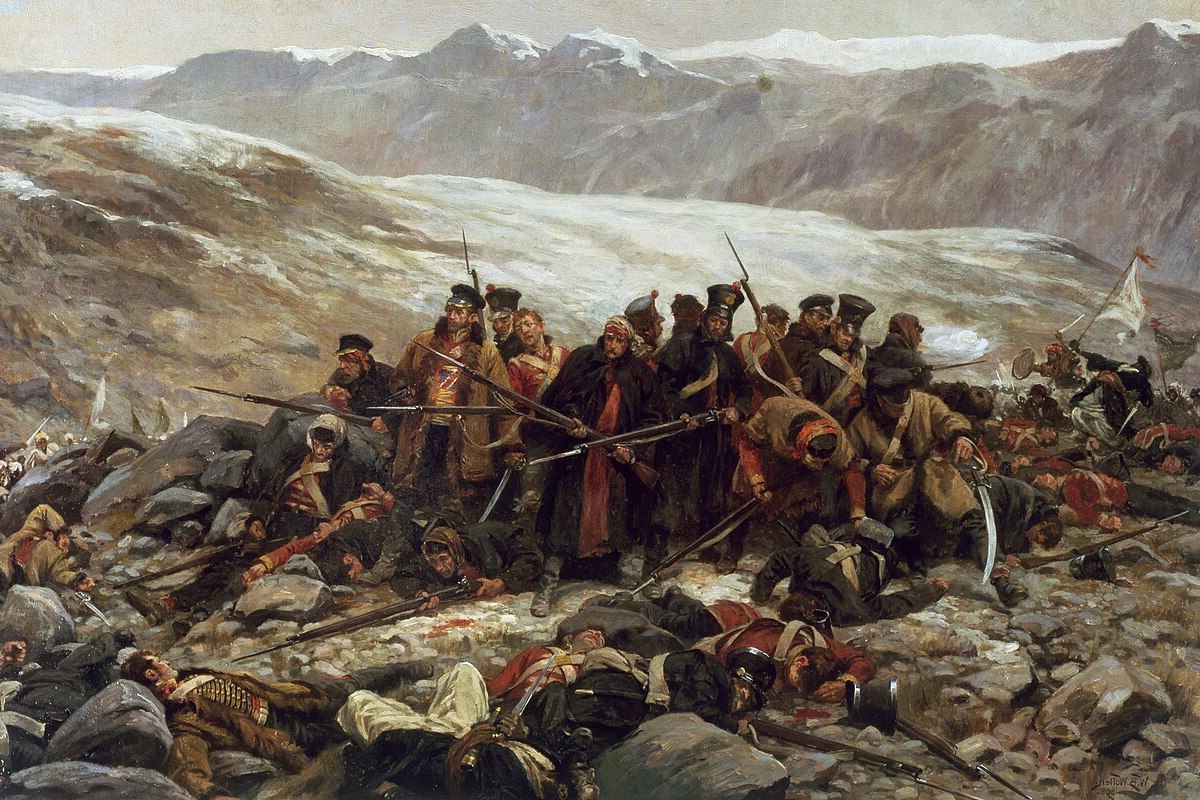
The Mohmand Revolt in Afghanistan was a significant uprising that took place in the early 20th century. This revolt was a reaction against British influence and control in the region. The Mohmand tribe, known for their fierce independence, played a crucial role in resisting foreign domination. Why did the Mohmand Revolt happen? The primary reasons were the imposition of British policies, economic hardships, and a strong desire for autonomy. This revolt is a key chapter in Afghanistan's history, showcasing the resilience and determination of its people. Understanding these events helps us appreciate the complexities of Afghan resistance and the broader struggle for independence.
Key Takeaways:
- The Mohmand Revolt was a major uprising in Afghanistan led by the Mohmand tribe against British and Afghan control. It lasted for nearly three decades and had a significant impact on the region's history and culture.
- The revolt was fueled by resistance to British colonial rule, economic hardships, and religious influence. It strengthened tribal unity, inspired future generations, and continues to shape military and diplomatic strategies in the region.
The Mohmand Revolt: A Brief Overview
The Mohmand Revolt in Afghanistan was a significant uprising that took place in the early 20th century. This conflict involved the Mohmand tribe, who resisted British and Afghan government control. Here are some fascinating facts about this historical event.
Key Players and Timeline
Understanding the main figures and the timeline of the Mohmand Revolt helps grasp its complexity.
- The Mohmand tribe, known for their fierce independence, played a central role in the revolt.
- The uprising began in 1908 and continued sporadically until 1935.
- British forces and the Afghan government were the primary opponents of the Mohmand tribe.
- The revolt was part of a broader resistance against British colonial rule in the region.
Causes of the Revolt
Several factors contributed to the Mohmand tribe's decision to revolt.
- British attempts to impose control over the tribal areas sparked resistance.
- The construction of roads and forts by the British was seen as an encroachment on Mohmand territory.
- Economic hardships and heavy taxation fueled discontent among the tribespeople.
- Religious leaders, or mullahs, played a significant role in rallying the tribes against foreign influence.
Major Battles and Skirmishes
The Mohmand Revolt saw numerous battles and skirmishes, highlighting the tribe's determination.
- The Battle of Shabkadar in 1908 was one of the first major confrontations.
- In 1915, the Mohmands launched a significant attack on British forces at the Khyber Pass.
- The 1935 Mohmand campaign saw intense fighting, with both sides suffering heavy casualties.
- Guerrilla warfare tactics were commonly used by the Mohmand fighters.
Impact on British and Afghan Policies
The revolt had lasting effects on both British and Afghan policies in the region.
- The British were forced to adopt a more cautious approach in dealing with tribal areas.
- The Afghan government strengthened its military presence in the region to prevent further uprisings.
- The revolt highlighted the challenges of governing the fiercely independent tribal regions.
- Diplomatic efforts were made to negotiate peace with the Mohmand tribe.
Cultural and Social Aspects
The Mohmand Revolt also had significant cultural and social implications.
- The revolt strengthened tribal unity and identity among the Mohmand people.
- Traditional tribal leadership structures were reinforced during the conflict.
- The role of women in supporting the fighters, though often overlooked, was crucial.
- Oral traditions and stories of the revolt became an important part of Mohmand cultural heritage.
Legacy of the Mohmand Revolt
The legacy of the Mohmand Revolt continues to influence the region today.
- The revolt is remembered as a symbol of resistance against foreign domination.
- It inspired subsequent generations to resist external control and maintain their independence.
- The conflict highlighted the importance of understanding and respecting tribal customs and traditions.
- The Mohmand Revolt is studied by historians as an example of tribal resistance in colonial contexts.
- The lessons learned from the revolt continue to inform modern military and diplomatic strategies in the region.
The Impact of the Mohmand Revolt
The Mohmand Revolt in Afghanistan left a lasting mark on the region's history. This uprising, driven by the Mohmand tribe's resistance to British rule, showcased their fierce determination and desire for autonomy. The conflict highlighted the complexities of colonialism and the lengths to which indigenous groups would go to protect their land and culture.
Understanding the Mohmand Revolt provides valuable insights into the broader context of Afghan resistance movements. It underscores the importance of local dynamics in shaping historical events. The bravery and resilience of the Mohmand people continue to inspire those who study this period.
By examining these 25 facts, we've gained a deeper appreciation for the struggles and triumphs of the Mohmand tribe. Their legacy serves as a reminder of the enduring spirit of resistance against oppression.
Frequently Asked Questions
Was this page helpful?
Our commitment to delivering trustworthy and engaging content is at the heart of what we do. Each fact on our site is contributed by real users like you, bringing a wealth of diverse insights and information. To ensure the highest standards of accuracy and reliability, our dedicated editors meticulously review each submission. This process guarantees that the facts we share are not only fascinating but also credible. Trust in our commitment to quality and authenticity as you explore and learn with us.
